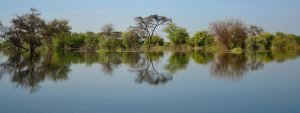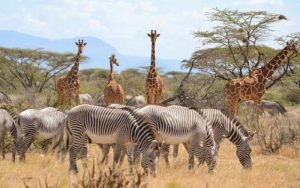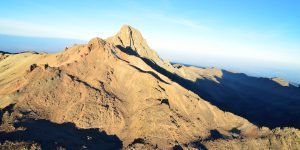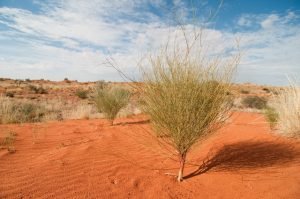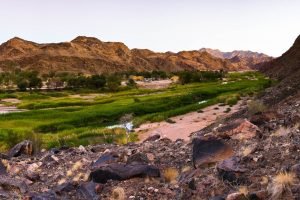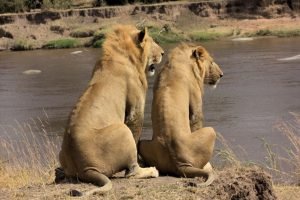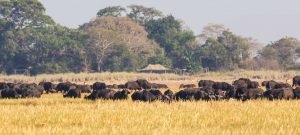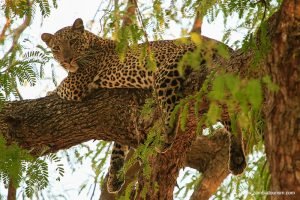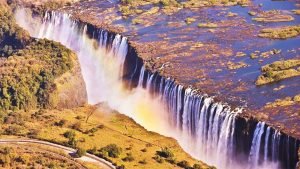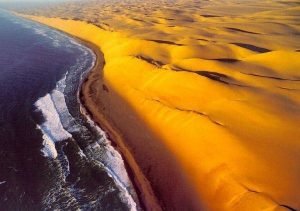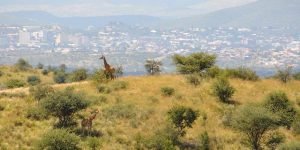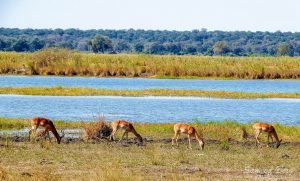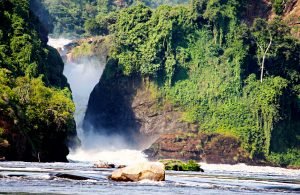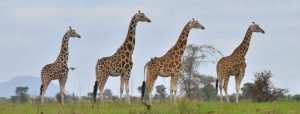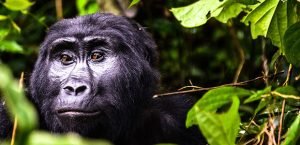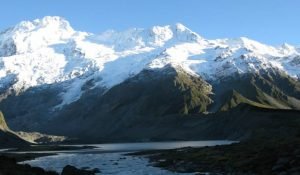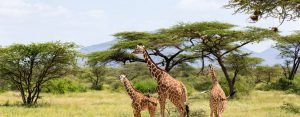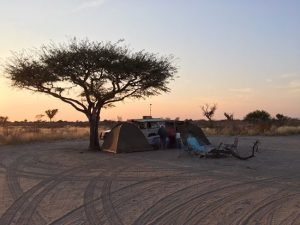National Park Template
Arusha, the gateway to the world famous game sanctuaries of Serengeti, Ngorongoro, Tarangire and Lake Manyara, is one of the oldest towns in Tanzania. From a tiny German garrison in 1900, Arusha has grown to become the tourist capital of Tanzania with a population of about 400,000 people.
Located in the northern highlands of Tanzania, beneath the twin peaks of Mt. Meru and Mount Kilimanjaro, Arusha is the safari capital of the country. Guests embarking on the popular northern safari circuit all stop in the ‘Geneva of Africa’ to prepare for their journeys into the African bush.

Mount Meru view from Arusha town
From is two-lane streets, the dramatic crater of Mt Meru stands over the town like a majestic sentinel, it’s crater strewn with thick clouds, it’s slopes dark with verdant forest. Arusha’s ideal location near the major national parks and it’s highland setting make it a peaceful idyll of relaxation before the start of an exciting journey.
Built by the Germans as a centre of colonial administration administration in the early 20th century, Arusha was a sleepy town with a garrison stationed at the old boma and a few shops around a grassy roundabout. From its backwater status amidst the farmlands and plantations of northern Tanzania, today Arusha is one of the country’s most prosperous towns.
Arusha is a major international diplomatic hub. The city hosts and is regarded as the de facto capital of the East African Community. Since 1994, the city has also hosted the International Criminal Tribunal for Rwanda. It is a multicultural city with a majority Tanzanian population of mixed backgrounds: indigenous Bantu, Arab-Tanzanian and Indian-Tanzanian population, plus small White European and white American minority population. Religions of the Arushan population are Christian, Jewish, Muslim, and Hindu.
The current site of Arusha was first settled in the 1830s by the agro-pastoral Arusha Maasai from the Arusha Chini community, south of Mount Kilimajaro. They traded grains, honey, beer, and tobacco with the pastoral Kisongo Maasai in exchange for livestock, milk, meat, and skins. Demand for Arusha’s foodstuffs increased substantially during the 1860s when the Pangani Valley trade route was extended through Old Moshi, Arusha, and ultimately to western Kenya. Although it was not yet a town, it was a regional centre and had a number of urban features.
Despite its proximity to the equator, Arusha’s elevation of 1,400 metres (4,600 ft) on the southern slopes of Mount Meru keeps temperatures relatively low and alleviates humidity. Cool dry air is prevalent for much of the year. The temperature ranges between 13 and 30 degrees Celsius with an average around 25 degrees. It has distinct wet and dry seasons, and experiences an eastern prevailing wind from the Indian Ocean, a couple of hundred miles east
At 1390 metres above sea level, Arusha enjoys a very agreeable climate throughout the year. Positioned at the centre of Africa between the Cape and Cairo on the Great North Road, Arusha is the administrative seat of the East African Community made up of Tanzania, Kenya Uganda, Rwanda, Burundi and South Sudan.

Market in Arusha
Arusha offers an excellent opportunity for authentic souvenirs shopping, including the bold Makonde carvings, and the colourful Tinga Tinga works and batiks. Tanzanite, the native gemstone of Arusha, and one of the most beautiful and exciting gems to come from Africa, is sold in all gemstone shops in town alongside other locally mined stones like Ruby, Rhodolite and Tourmaline. Tanzanite was first discovered in 1967, some 40 kilometres to the southeast of Arusha at Mererani. To date Mererani remains the only commercially viable source for Tanzanite in the world. Tanzanite was named after Tanzania.
